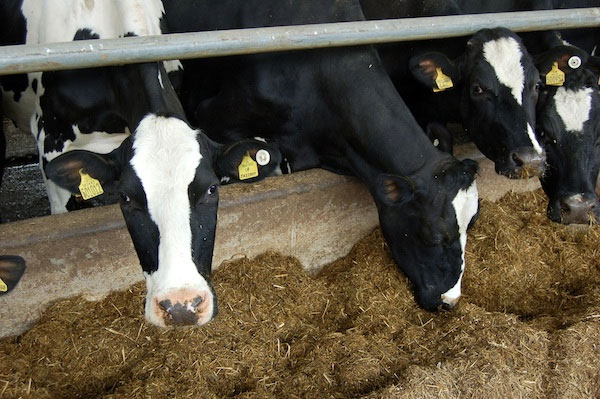
Lower milk prices, falling production and soaring input costs are contributing to falling profitability in the dairy industry, according to rural accountant Old Mill.
Senior partner at the firm, Mike Butler, said incomes had slashed in the last year and the outlook for the next few months 'remains equally bleak.'
"While clients with March and June year ends managed to increase profits compared to the previous year, those with September year ends averaged a 12.8% drop in overall profits, to around £65,000 a herd" he said.
"And that trend looks set to continue. The potent cocktail of horrendous weather, milk prices suppressed by processors and retailers, and the devastating implications from escalating TB outbreaks mean only one thing for UK dairy farmers when it comes to assessing the financial prospects for 2012/13."
Clarke Willis, AF Group CEO said: "The rising cost of fuel has affected all sectors and rising animal feed prices have caused significant increases in production costs for livestock and dairy farmers."
Last month, the National Farmers' Union said the UK's dairy industry will 'fall behind in terms of scale and efficiency' if it failed to keep up with global growth.
The discussion document, 'A Strategy for the British Dairy Industry' aimed to bring together the whole industry to conjure a working strategy for the industry.
"We're starting a conversation with farmers, processors, retailers and everyone with an interest in the dairy industry about a robust, ambitious strategy for its future development" said Mansel Raymond, NFU dairy board chairman.
"Since the Dairy Coalition committed to agree a strategy last year, the NFU dairy board has kicked off the process. Our focused working group, which has drawn on the expertise of NFU board members, DairyCo and Dairy UK has developed a set of key assumptions, which we intend to discuss in the coming months."
"We believe this strategy must be based on growth in output of milk in Britain. Our starting point is growth that at least keeps pace with the growing global market place. If we fail to do this, then relatively speaking we are falling behind in terms of scale and potentially efficiency."
Butler continued: "Last year's wet summer means grazing and forage stocks are limited, leaving farmers having to supplement rations with expensive concentrate feeds."
"But the drop in profits is only partly due to falling milk price and rising costs: Loss of volume production is possibly the biggest influence on the downturn. Milk yields are falling well behind last year, making it increasingly difficult to cover overheads."
With most processors showing little sign of raising milk prices to cover such increased costs, dairy producers are likely to shelve any investment plans until they can identify better returns, he adds.
Retailers and processors need to realise that without that financial incentive, milk supplies will simply drop off further.
"In the meantime, the most important thing that dairy farmers can do is assess exactly how variations in input costs, milk yields and milk prices will affect their businesses' overall profitability and cash flow."
One of the biggest elements affecting costs is the replacement rate, so anything producers can do to reduce that will go straight onto the bottom line.
For example, with an average cow yielding 8,000 litres per annum and net replacement costs of £1,200 a cow, averaging four lactations per cows instead of two will slash replacement costs from 7.5p/litre to 3.75p/litre.
"Dairy producers are feeling under immense pressure at the moment, and I would urge them to be proactive and seek help whenever needed" he said.
